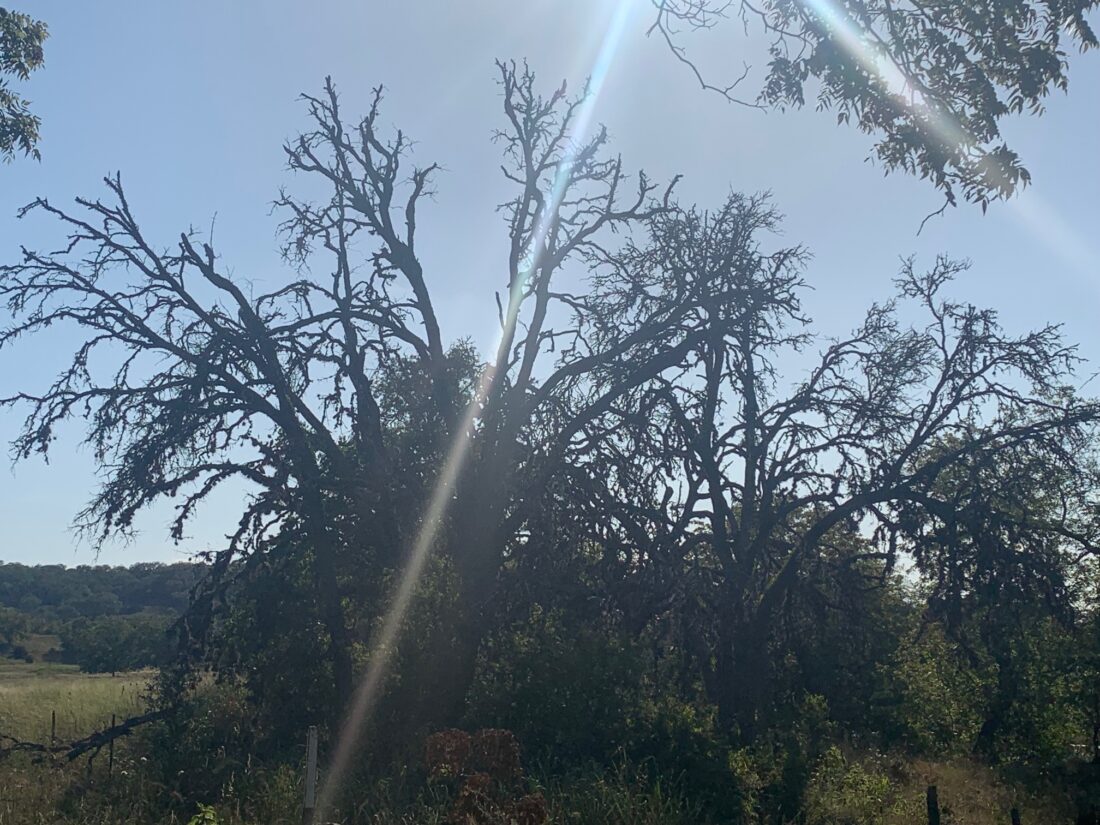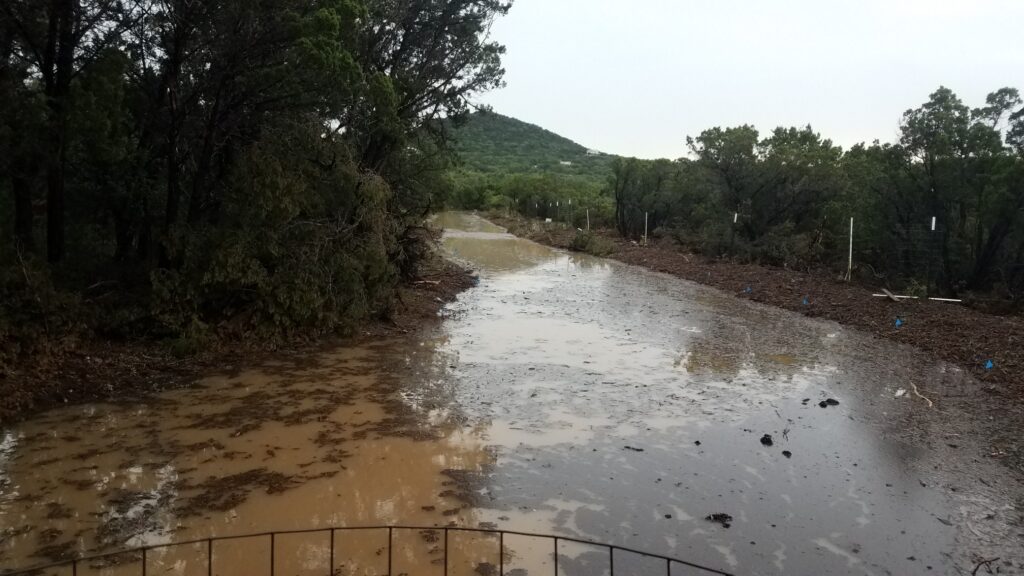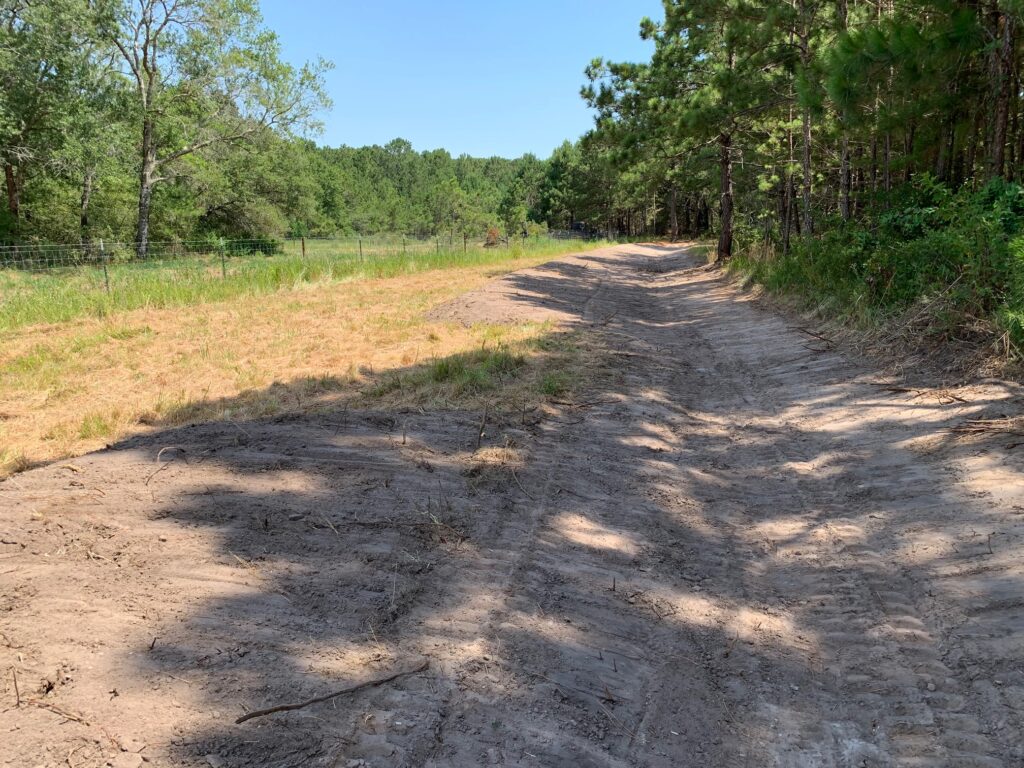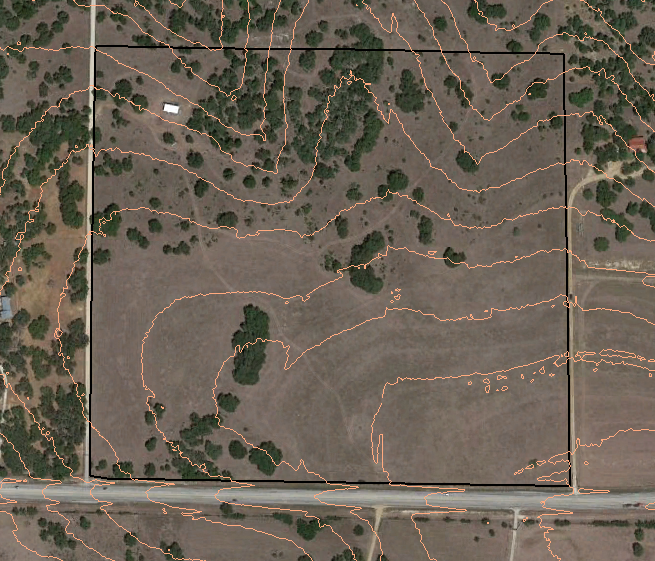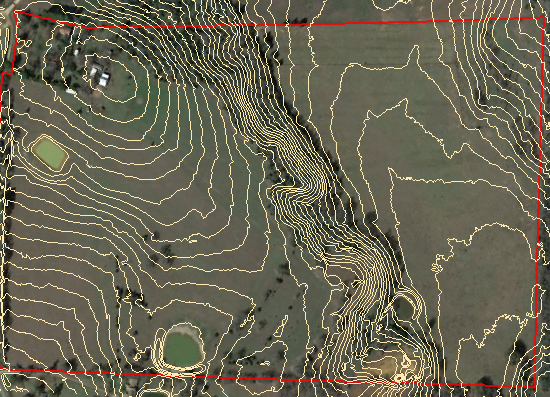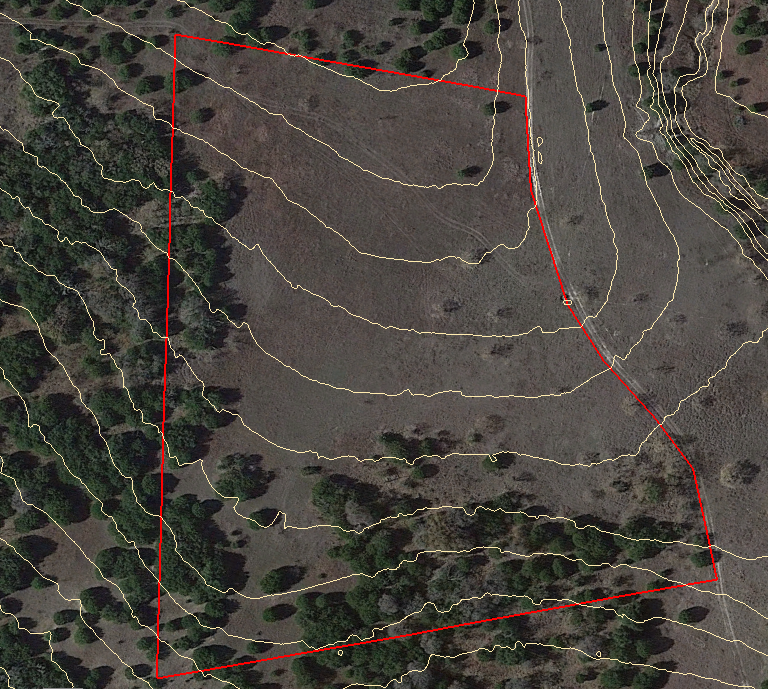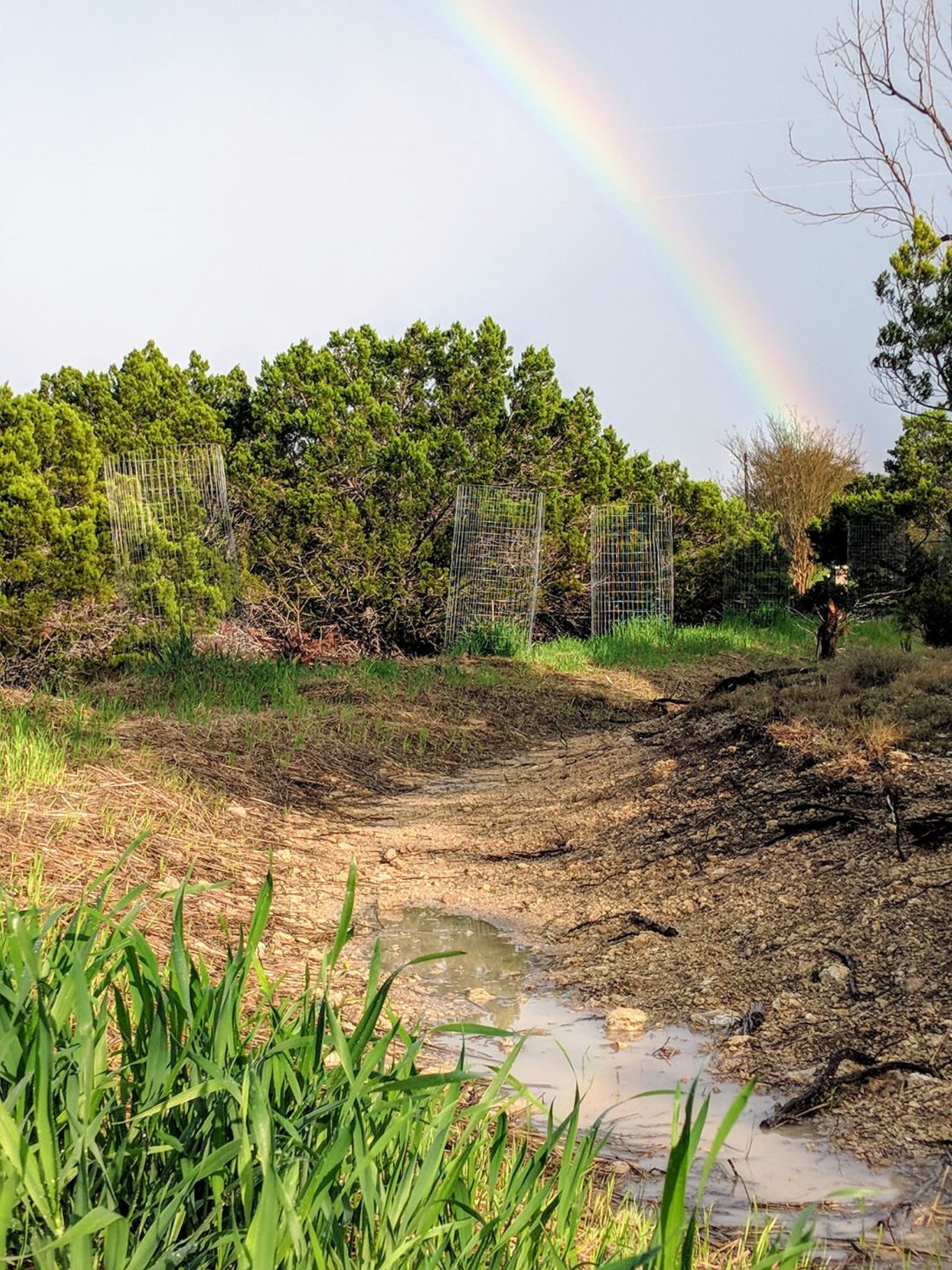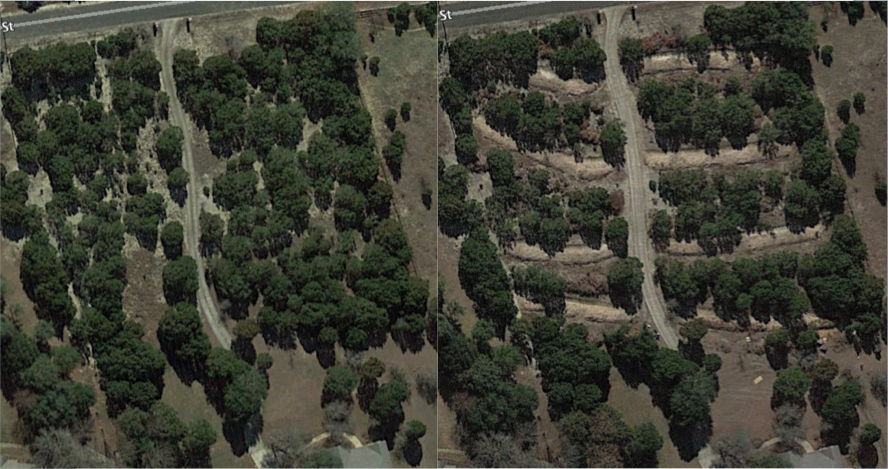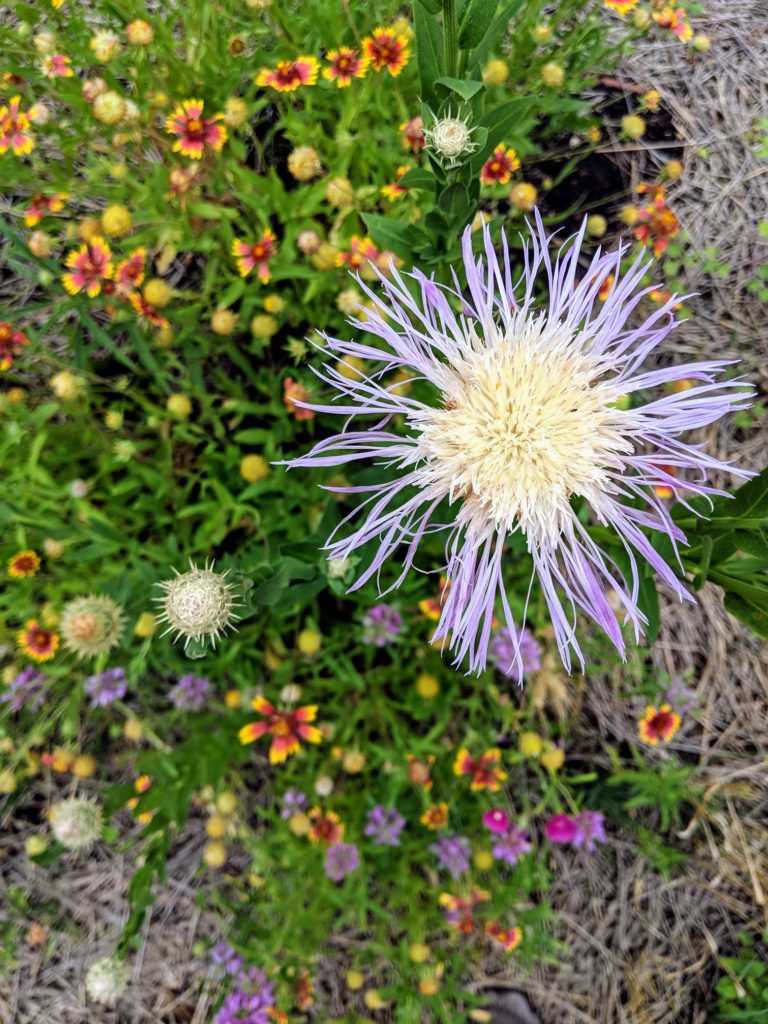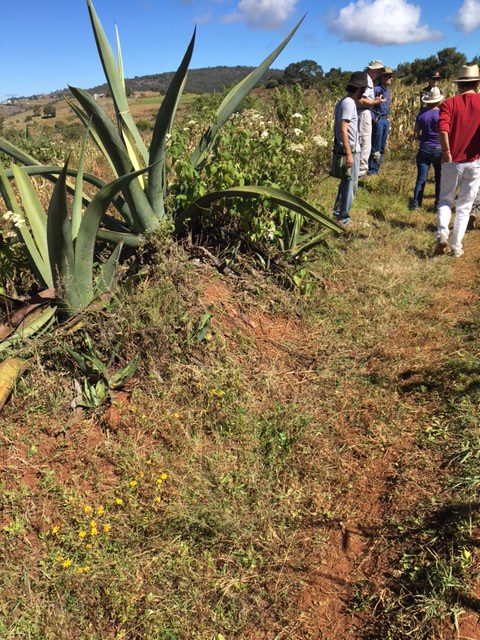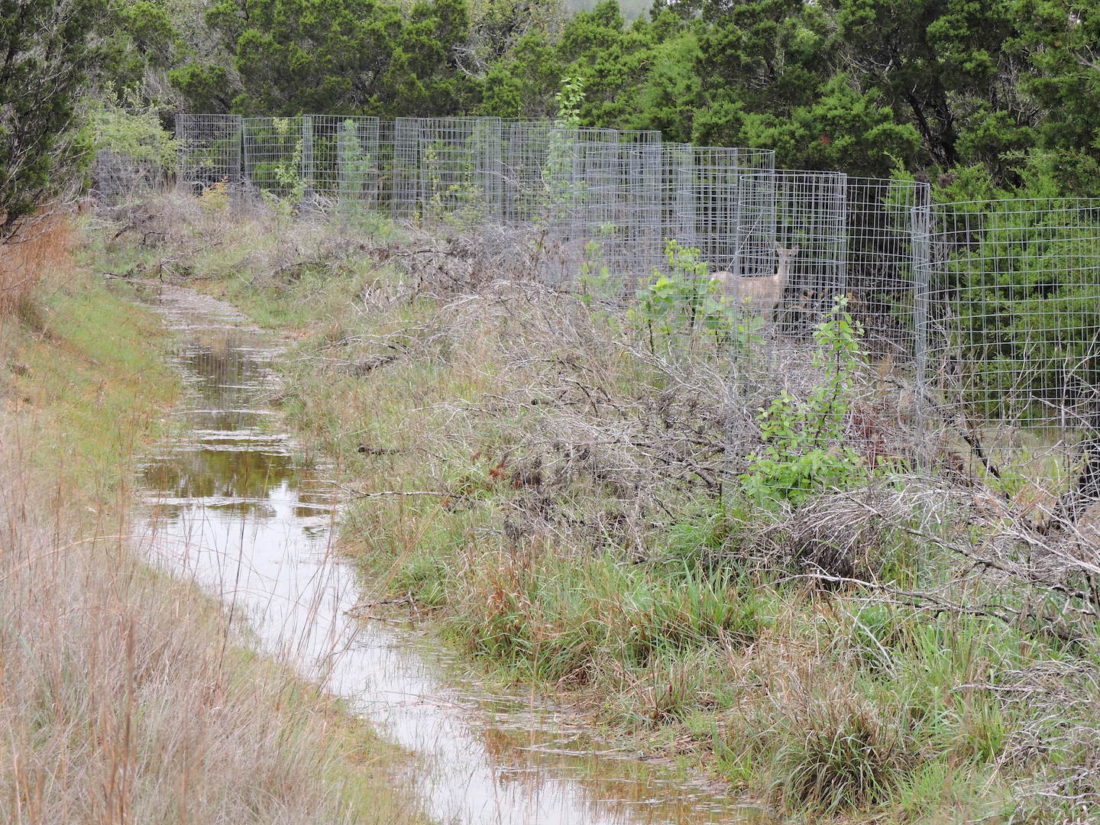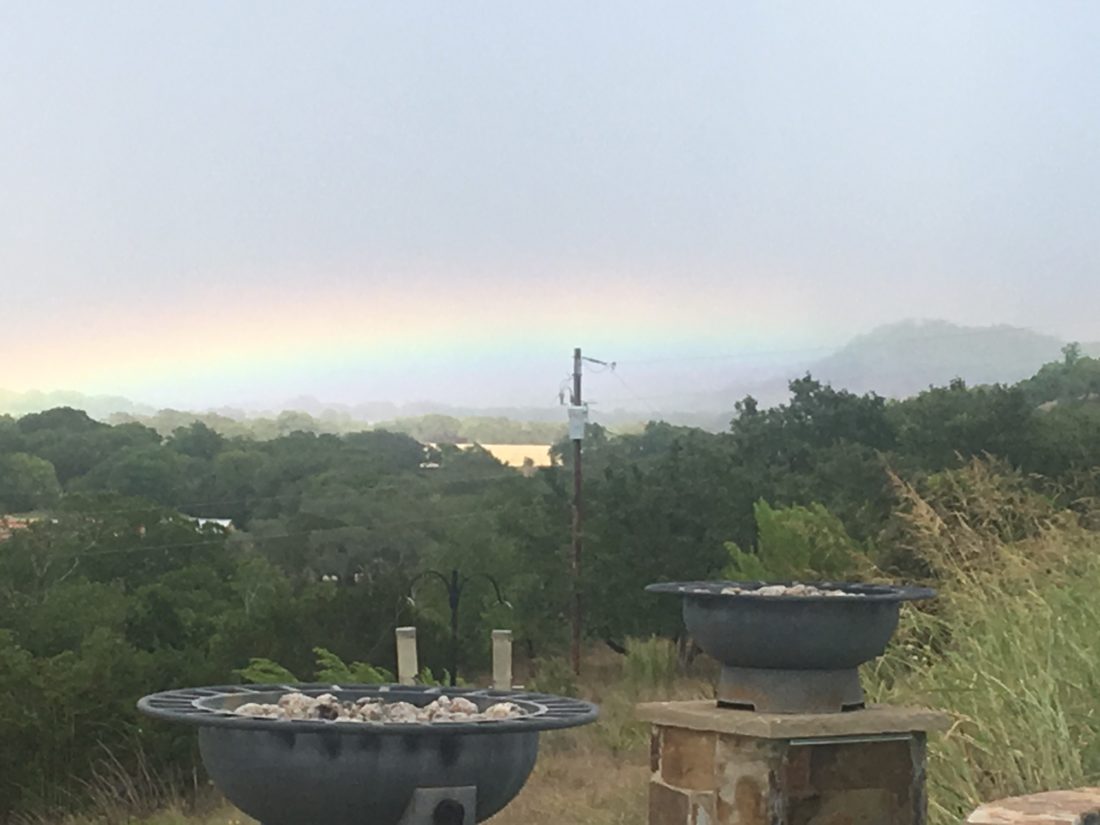Oak Wilt in Texas
Welcome to the Drought Proof Texas Blog! Todays post is about the shocking level of oak wilt in central Texas. Is it really oak wilt? What is it happening? Why is it happening? What can be done about it? Finally, what to do if your oak forest has already succumbed to death.
Central Texas Sees Devastation of Oak Woodlands
In my work I get the privilege of driving all over the backroads of Texas. Lately I’ve been shocked to see thousands of acres of oak woodlands dying off. Whole forests have failed to regrow leaves this spring leaving whole hillsides looking like a graveyard of trees. This can be seen in the areas surrounding Fredericksburg, Comfort, Blanco, Dripping Springs, Kerrville, Boerne, Harper and many other places. I know that oak trees have been dying off for many years. However, these trees are freshly dead with most of the limbs still intact and upright. The forests have had a run of tough years that experienced damage from heavy frost, drought, high heat, and high winds. But our forests have endured thousands of years of similar conditions, so what is different today?
Oak Wilt or Groundwater Decline?
In 1994 the well on our family property in Blanco was drilled to 480 feet, had a static water level of 230 feet deep, and produced 20 gallons of water per minute. In 2018 this well stopped producing water. We were able to lower the well pump 40 feet to have water again. Needless to say, we quickly invested in rainwater harvesting systems for fear of running out of water again. Four years later, in 2022 during the ongoing severe drought, the well stopped producing water again. Keep in mind that we only use the well to operate a one-bedroom home that is infrequently used. Thats 40 feet of ground water decline in 4 years, and 250 feet of groundwater decline over a period of 30 years. To this day, the well continues to be unproductive. Areas of high population like Austin and San Antonio have created a groundwater cone of depression. Water is being sucked out from under us and at the same time rainfall is becoming less effective at recharging the aquifer.
In February of 2023 The Meadows Center for Water and the Environment published a study done on the Little Blanco River. The study discovered that the Little Blanco River is no longer connected to the Trinity aquifer and is now fed primarily by water harvested on the landscape and stored in shallow soils. Deeper groundwater no longer is a source of water to keep this stream flowing. Anyone who lives in the Hill Country can relate. Springs are going dry and ground water is being depleted rapidly. As ground water in the Hill Country declines, oak trees also lose access to water in the soil that has historically been available to them. Is oak wilt just a symptom of groundwater decline?
Dry Soil is Detrimental to Microbial Life
Dry soils have much lower microbial activity than moist soils. During photosynthesis the trees take in sunlight, carbon dioxide, and water. They split the water molecules. Oxygen is released and the remaining hydrogens and carbons are used to create sugars needed to feed the plant. During productive times, excess sugars are released into the soil as “root exudates”. This liquid carbon drips from the very tips of the roots where microorganisms feed. In exchange for the sugary root exudates, the microbes provide minerals and nutrients that the plants cannot obtain on their own. Fungi and bacteria extend the root systems of the trees and act as a digestive gut for the plants.
Without moisture, microbial activity is reduced significantly, and trees lose their ability to synthesize nutrients effectively. The result is trees that are malnourished and vulnerable to disease. It’s then that concerned landowners reach out to so called “experts” to treat their trees. These experts often attack the symptoms instead of the cause by recommending bizarre treatments like injecting fungicide into the tree root zones. Trees that undergo such treatments almost always die since they literally depend on their symbiotic relationship with fungi.
Another common treatment of oak wilt in central Texas is “trenching” of the tree root system perimeters. The theory is that the disease is spread through the root system, and severing the root connections between infected and non-infected trees will prevent the spread of disease. It sounds logical in theory, but tree propagation professionals often use root pruning as a way to increase root growth. If root pruning works, it’s not for the reason that is being sold. The trencher loosens up the soil which allows air and water to infiltrate deeper into the soil. The root pruning actually encourages the growth of new roots which easily grow into the loosened soil. Therefore, it’s likely that roots become more interconnected than they were previously by using this method. Microbial activity also increases with more available water and air in the soil. Have you ever heard of a so-called expert explain the connection of soil health and groundwater decline in connection with oak wilt?
Oak Wilt or Deforestation?
For years the state of Texas, Universities, and the agriculture extension offices have advocated for the removal of woody brush. How many times have you heard that the cedars are sucking up all the water and need to be eradicated? Is there any basis to these claims or is it more likely that the increase of population, civil engineering, and wells in Texas are the culprit of ground water depletion?
Forests are grown in a succession of species. The Ashe juniper “cedar” trees are the foremost pioneer species of trees in the Texas Hill Country. As the Ashe Juniper forest matures, conditions are created for the growing of hardwood forests. The oaks, walnuts, cherry, redbuds, and ash trees often grow up in the protection of the juniper woodlands. Over time the forest transitions to more desirable species and the remaining mature juniper trees are tall, straight, and beautiful. By removing young juniper regrowth, we are limiting the potential of oak regeneration.
We often find large oak trees in the midst of thick juniper brush. Our first impression is that the cedar trees are “choking out the oak trees” and proceed to remove these cedars. The theory is that the cedars are competing with the oak trees for water and nutrients. However, the cedars are providing vital shade and wind protection. When the cedars are removed, we can see over a short period of years that the root zone of the oak trees begins to dry out. When the oak tree trunks are exposed to the sun the bark dries out and begins to fall off, like a sunburn or cancer.
Observe the iconic “lone oak” tree on the prairie. The form that this lone oak tree takes is the shape of an umbrella. The branches grow in a way that protects the trunk of the tree from sunlight and wind. You can see that the branches grow all the way to the ground. However, in a forest the form that the tree takes is more upright, reaching upwards for the light. It’s protected from the sun by the surrounding trees. When these surrounding “trash” trees are removed the oak tree trunks are exposed to the light and it’s only a matter of time before they die. Chances are high that every other tree has been removed except the oaks, so in the end you have no trees and no shade. The cycle begins again with juniper woodland regrowth. This is natures way of regrowing the forest.
People are sometimes jealous of the resources that the forest utilizes. I’ve heard folks say that the hill country would have more water if the landscape was covered in concrete! The asinine idea here is that plants are slowing down water from hitting the ground during small rainfalls. During a one-inch rainfall hardly any water reaches the ground in a thick juniper woodland. All of that moisture is absorbed by the thick boughs of the trees. Are the trees stealing our water?
Now consider the way that an engineer designs systems for water management. Does the engineer design the infrastructure based on one-inch rainfalls? No, the engineer designs systems based on the record 24-hour rainfall event. When the tropical storm comes and we receive more than 20 inches of rain in one day, you might actually want those juniper woodlands to absorb some of that rainfall and slow down the potential resulting flood.
All of these steep hills must be covered in forest. The forest protects our hills from sun and wind evaporation. Storm water is easily managed higher up in the landscape before it accumulates in channelized streams and rivers. Forested hills allow stormwater to percolate into the soil and recharge seep springs that keep streams and rivers flowing longer throughout the year. Without healthy and dense forests on our hillsides the Hill Country will quickly become a desert. Oak trees cannot be expected regenerate and thrive without their forest companions and natures system of plant succession.
Oak Wilt or Desertification?
It’s easy and fun to the measure different surface temperatures using an infrared thermometer. During the summer, asphalt pavement can be 30 degrees hotter than concrete. Surprisingly, bare soil is the same temperature as concrete. Soil that is covered in grass can be 10-20 degrees cooler in the summer than concrete. The coolest soil temperatures to be found are underneath trees, 30 degrees cooler than sparsely grasses areas. Plants moderate climate.
Go the beach in the summer and walk barefoot on the hot sand. It doesn’t take long for the sand to burn the bottom of your feet. The first place to run is a grassy lawn. The grass absorbs the light, diffuses the energy of the sunlight and makes the ground more comfortable to stand on. Or stand out in the summer Texas sun for an hour, eventually you’ll be searching for a shade tree to take refuge. A forest or grassland protects the soil from erosion during heavy rains. The forest provides protection from strong winds. Forests retain moisture and because of cooler temperatures creates areas of lower atmospheric pressure that draws moisture into the forested landmass and creates rain. Plants moderate climate.
As Central Texas trends more towards desert, climate extremes will be exacerbated, and a new plant community will emerge as the old regime fades away. The loss of our oak trees and native forests is a sign of desertification and broken water cycle. Is the landscape a desert because there’s no rain or is it a desert because there are very few plants? Desertification, deforestation, and groundwater decline are part of the same problem that causes oak wilt.
Everything that is engineered and designed on the landscape is about drainage. From the roof of your house to the drainage ditches around the highways everything has been designed to drain quickly and efficiently. This causes a few problems. Along with efficient drainage comes the threat of floods during heavy rainfall events. Water is channelized into the streams and rivers and fast-moving water causes destruction in our riparian areas. If we slow down the rainfall in the uplands, it protects forests on the hills but also protects forests that shade our water courses by mitigating the force of flood waters. What good is all of that rainfall to us if it is immediately lost to the Gulf of Mexico? If we can engineer the total drainage of the state of Texas, we can also engineer the total rehydration of Texas and prevent oak wilt in the future. Drainage is necessary but should be balanced with soil and water conservation measures that turn a flooding liability into a groundwater asset.
Prevent Oak Wilt with Soil and Water Conservation
Rehydrating the landscape is the first step to healing the landscape.
-Create periodic contour barriers that slow down water as it flows downhill. Clean up rocky areas and organize the rocks on contour. Instead of burning logs and brush, that material can be laid on contour to slow down water and catch debris. Small ponds and terraces can also be used to retain storm water runoff on the landscape.
– Keep soil covered as much as possible. Bare soil is public enemy number one. When a raindrop hits the bare soil, it changes from clean water to sediment water, and you know that erosion is occurring as soon at the raindrop hits the ground. By having green plants growing as long as possible during the year, the soil is fed through photosynthesis. Healthy living soils hold water much better than poor soils.
-Livestock can be an asset to the land if managed for soil and water conservation purposes. Although livestock can also be a significant contributor to land degradation, Regenerative grazing methods are a powerful tool for improving the functioning of the ecosystem.
What to do with all of that Dead Wood?
Ok, so your oak forest is already dead, and you want to know what to do next. The land is talking to you. Soil is dry and microorganisms are struggling. However, death of the forest can also be seen as nature’s way of healing. The trees drop all their branches and eventually the trunks fall over. In a natural setting without human influence this allows for a slow release of energy back into the soil. It will take many years for that wood to decompose and during that time new trees (pioneer species) will grow back and take the place of the old dead trees. All of that organic matter is food for the soil. But what do we often see done?
Often, we see folks bulldozing all of the dead trees into a pile and then the pile is set on fire. All of that organic matter that was supposed to feed the soil for decades is burned off in a few hours. This short circuits the entire healing process, fire sterilizes the soil, and the burn pile leaves a dead zone on the ground for decades where nothing will grow. A better idea would be to organize the dead tree material into lines on contour. This cleans up the site, makes it look more organized, helps with erosion control, allows the tree material to slowly decompose and feed the soil over time. We call them “Brush Berms on Contour”. The dead wood can also be put through a woodchipper to create mulch that can be used to cover bare soil and help establish plants. Mulch helps protect the soil from erosion, prevents evaporation, and lowers soil temperatures.
Burning all of that wood is a catastrophic loss for the ecosystem. I know that its expedient, but it’s also a fire safety hazard. Brush berms on contour are so easy, anyone can do it. It’s wonderful to watch wildlife using the contour brush structures as a home and birds will often drop tree seeds in these berms. Since the seedlings come up in a brush berm, they are protected from deer browsing and more likely to survive. The trees grow up in a more moist and fungal dominated soil that is very beneficial for fast growth. Burning the brush only encourages further desertification.
Silvopasture
It’s both possible and beneficial for trees and grass to coexist together. Our goal with forest management in central Texas should be to encourage and maintain a complete forest canopy. Lower branches and many small trees can be cleared while still maintaining a shady canopy. In the shade of this tree canopy is an excellent place to grow native Texas grasses. Shady grasslands also create ideal conditions for grazing livestock. Cattle really appreciate the shade, and the grass grows thicker and healthier in the shade of trees. Observe the landscape and see for yourself.
Are you interesting in learning how to do this kind of work and start your own business? Great, our non-profit partner does educational courses perfect for central Texas practitioners. Please visit: EARTH REPAIR CORPS – Diversity . Stability . Resilience

